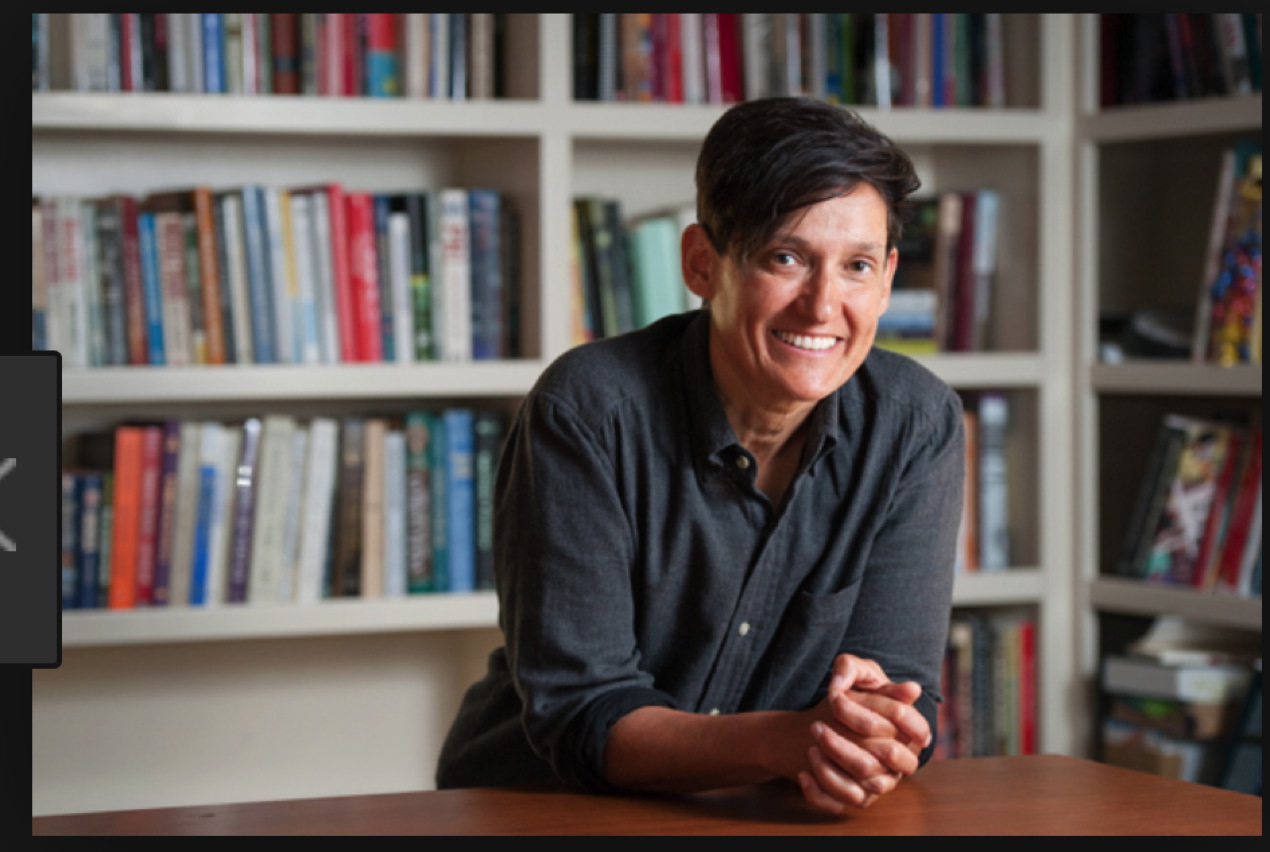My father grew up in India and has skin like burnt umber. By the time I was born, he had lived in the UK for seven years, married a white woman and given up or disavowed everything Indian, so in no sense did I consider myself Indian, beyond my crack ability to parse the undulating vowels of his accent.
Still, half a shade darker than my classmates, my sisters and I occasionally heard the half-hearted call of “Paki” from across the playground. Painful, yes, but even then, I could dismiss it as (a) more a statement than an insult, and (b) not strictly true.
On one occasion my schoolmate Craig, from surburbistan, came up with a harmless if tiresome homophone for my name to which I retorted “craggy mountain!” I can still see the unexpected scarlet contortions on his nine-and-three-quarter-year-old face. Mostly meaningless, facts and abstractions can be effective sorting mechanisms: they indicate, or attempt to activate, an “in” and an “out”, a “with” and a “without”, even as they reference unwitting beasts and peaks.
Such linguistic pellets are not so very different than what children learn in their formal and everyday education. Think of the labels at the zoo, or the natural history museum. The names that we casually learn are simply referents for particular animals also enable us to conceptually box and isolate them. In doing so, they also offer ways to understand them not as individuals with unique features living in real places – as companions sharing delta grass or competitors vying for carrion – but as abstracted beings inhabiting classifications such as mammals or invertebrates. Or Paki. Or Craggy Mountain.
Men with pens have always had something of an obsession with naming and organising the world and all that’s in it. Just ask the platypus, a cutie with whom I strongly identify. First disembowelled and sent to London in 1798 by an Australian governor, the poor soul’s dapper fur attire and egg-laying ritual sparked an 85-year-long battle about whether to slot this curio into the animal kingdom at all. Swedish botanist Carl Linnaeus, inventor of a binomial classification system from which no animal or plant could escape, found a way to account for these un-naturals of history. Into monstrosus he placed human savages, noble and otherwise. The term Ornithorhynchus paradoxus, used by Charles Darwin himself, swathed the bewildered platypus in existential uncertainty for nearly two centuries.
Non-binary trickster figures such as the platypus help draw our attention to the dark side of thinking’s original principles. What if instead of asking the age-old children’s game of “which thing is not like the other”, we figured out ways to reimagine how things are shades and echoes and extensions of one another. What if we wakened to how they come into being only in relation to, rather than in opposition to, one another? This difference in thinking could spur new forms of action – or at least a new approach. At this moment of nearly obsessive labelling – who is immigrant, of colour, properly gendered – we need a sense of possibility and play more than ever.
While it can be a blow to one’s cool, every hybrid (one hopes) grasps that the flaw rests not within them but the accounting system. Still, those who have been squashed into categories for convenience or out of confusion – like any furry egg-layer, like most any of us – add a perspective as crisp as a highland breeze.
Lochlann Jain, a biracial, non-binary, interdisciplinary academic, is the author of Things that Art: A Graphic Menagerie of Enchanting Curiosity (2019) out now from the University of Toronto Press



Leave a reply
Your email address will not be published.